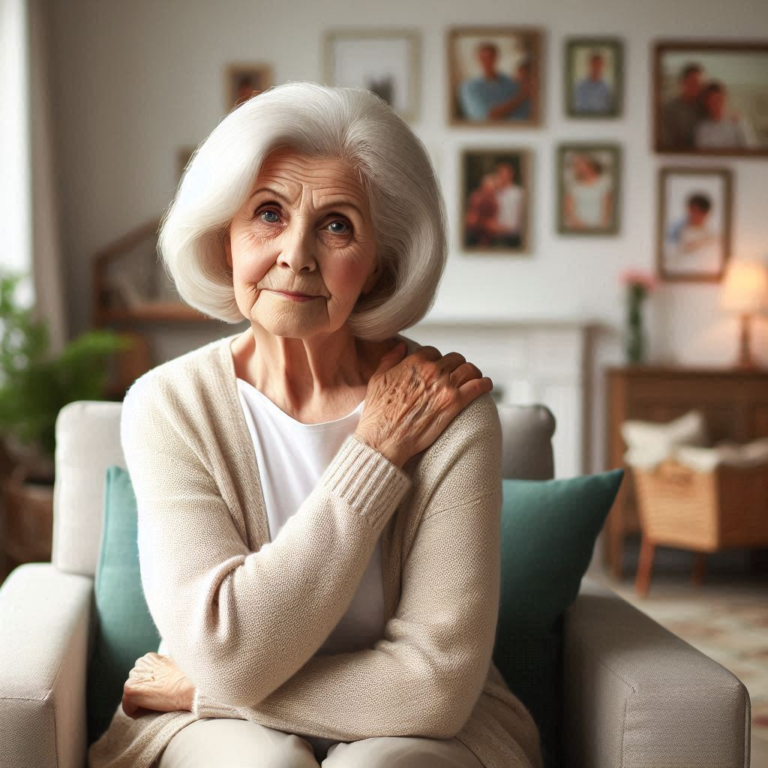INTRODUCTION
Managing chronic pain in elderly individuals is crucial for enhancing their quality of life and maintaining independence. As seniors are more likely to experience chronic conditions that lead to persistent pain, a comprehensive approach that includes physical therapy, medications, lifestyle changes, and emotional support is essential. Effective pain management not only alleviates discomfort but also helps seniors stay active, engaged, and better able to enjoy their daily lives.



Here’s a detailed look at how to manage chronic pain in elderly individuals:
- Understanding Chronic Pain in Seniors
Description: Chronic pain in seniors can result from various conditions such as arthritis, osteoporosis, neuropathy, or past injuries. Understanding the nature and sources of pain is crucial for effective management.
- Types of Pain: Normal sorts of persistent agony in the older incorporate outer muscle torment (like joint inflammation), neuropathic torment (coming about because of nerve harm), and post-careful agony.
- Impact on Quality of Life: Persistent torment can prompt decreased portability, rest unsettling influences, tension, melancholy, and a decrease in day to day exercises, which can fundamentally influence an older individual’s personal satisfaction.
- Non-Pharmacological Pain Management
Description: Non-drug approaches are often preferred as first-line treatments to manage chronic pain, minimizing the risks associated with medication.
- Physical Therapy: Regular physical therapy helps improve mobility, strength, and flexibility, reducing pain and enhancing function. Techniques may include stretching, low-impact exercises, and heat or cold therapy.
- Massage Therapy: Gentle massage can alleviate muscle tension, improve circulation, and reduce pain. It also offers relaxation benefits that can help ease stress-related pain.
- Mind-Body Techniques: Practices such as yoga, meditation, and deep breathing exercises help manage pain by reducing stress and promoting relaxation.
- Pharmacological Pain Management
Description: Due to the possibility of adverse effects and interactions with other medications, medications must be used with caution, especially in the elderly, in order to manage chronic pain.
- Medicines bought over the counter: Non-remedy painkillers like acetaminophen and ibuprofen, for example, can be effective for mild pain relief but should be used with caution to avoid side effects like gastrointestinal problems or liver damage.
- Medication on prescription: For more serious desolation, experts could embrace prescriptions, for instance, opiates, yet these require wary checking on account of the risks of dependence, eventual outcomes, and joint efforts with various drugs.
- Skin Medicines: Specialists may recommend prescriptions for more severe pain, such as narcotics, but careful monitoring is required due to the risks of dependence, side effects, and interactions with other medications.
- Lifestyle Modifications
Description: Adopting certain lifestyle changes can help manage chronic pain and improve overall well-being.
- Exercise: Normal, delicate activity like strolling, swimming, or yoga can assist with keeping up with portability, diminish firmness, and delivery endorphins, which are regular pain relievers.
- Diet and Nutrition: A fair eating routine wealthy in calming food varieties (like natural products, vegetables, and omega-3 unsaturated fats) can assist with diminishing torment and irritation. Keeping a solid weight likewise diminishes weight on joints and muscles.
- Sleep Hygiene: Further developing rest quality is fundamental, as unfortunate rest can worsen torment. Procedures incorporate keeping a customary rest plan, establishing an agreeable rest climate, and staying away from caffeine or weighty feasts before sleep time.
- Emotional and Psychological Support
Description: Chronic pain often leads to emotional challenges, making psychological support an essential component of pain management.
- Mental Conduct Treatment (CBT): CBT assists seniors with overseeing torment by changing negative idea examples and creating survival methods to successfully manage torment more.
- Support Gatherings: Joining a care group gives a space to seniors to share their encounters, get consolation, and gain from other people who are managing comparative difficulties.
- Guiding: Proficient advising can assist with tending to gloom, tension, and other intense subject matters connected with constant agony, working on by and large psychological wellness and versatility.
CONCLUSION:
Overseeing constant torment in older people requires a diverse methodology that joins physical, close to home, and clinical systems. By tending to torment from numerous points — through non-pharmacological medicines, meds, way of life changes, and basic reassurance — seniors can encounter worked on personal satisfaction and keep up with their autonomy. Normal clinical observing and the utilization of assistive gadgets further help their prosperity, assisting them with exploring the difficulties of persistent agony no sweat and solace.